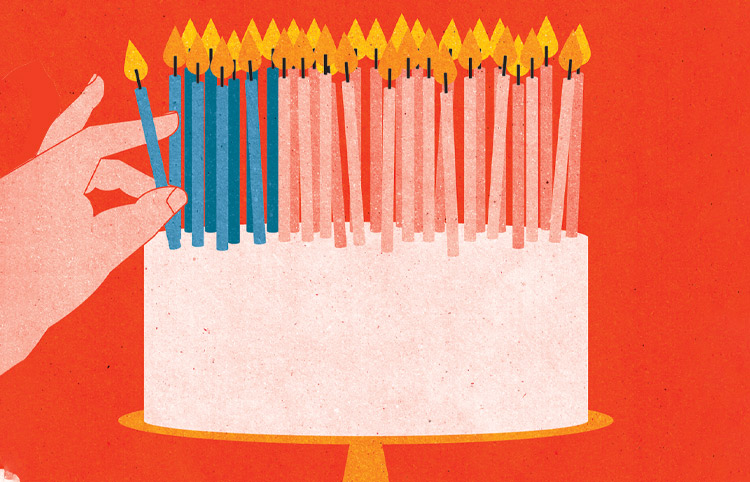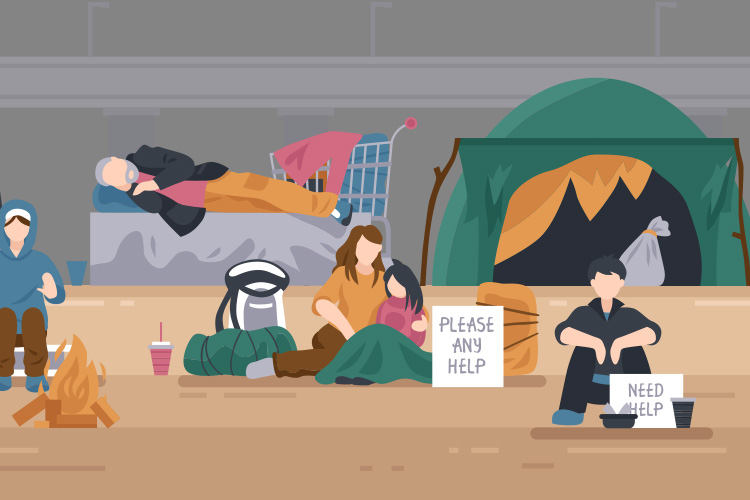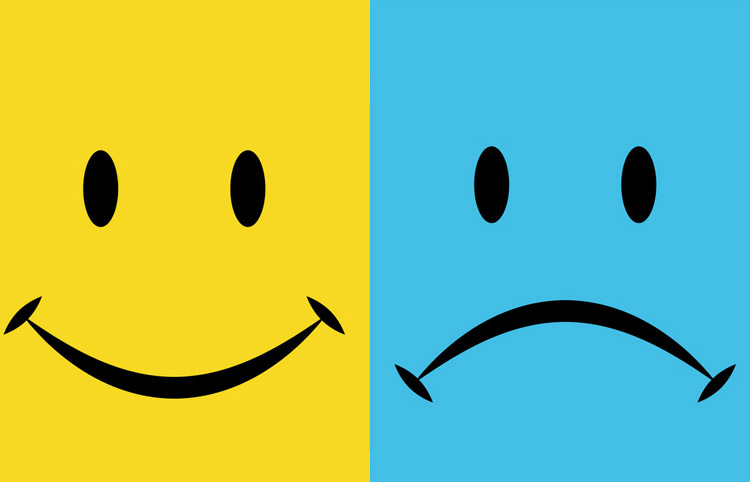Introduction
Joy is something most people experiences in lives. It subjective but it is a matter of how we look at it. In general view, when one is affected positively either mentally or physically by an event and is able to feel extremely happy, Joy could be said to have been created to the self by the event. Hence, Joy is a feeling of great happiness, a state of mind that encompasses both physical and mental emotions gained from activities that create great happiness to the self. In the later part of the essay, I will be examining how human perceive joy and how it potentially differ in different culture.
Great happiness like joy can be obtained from pleasurable activities such as snow skiing. However, different people may have different perception; some may deem skiing as a pleasurable activity while some might not. A child from a country that does not has winter, for example, Singapore, may find skiing adventurous and a pleasurable activity to do. However, for a child who lives in a country that has winter, for example, Denmark, skiing may be a boring activity rather than a pleasurable one for them. However, how one perceives an activity as pleasurable may also depend on one’s characteristic. For example, a lazy man may find skiing on the snow rather a tedious and tiring activity, whereas a sporty man may find skiing on the snow an adventurous and pleasurable activity. After all, it depends greatly on one’s perception of pleasurable activity before one finds satiety in it. It is often conceptually believed that through bad experiences we are able to learn and obtain good memories and may eventually lead to great happiness it. For example, a lazy man may find it tedious and tiring to ski in the snow as he falls dozens of time while skiing. But the experiences of falling and picking up the skill of skiing may allow the lazy man to understand the joy in skiing. This enables skiing to be a pleasurable activity to him. After all, it really depends on how an individual may perceive what is a pleasurable activity and what is not.
Joy can also be obtained through physical emotion that brings satiety to the self. Examples of physical emotion include gaining better looks or appearances, to recover from illnesses and etc. To a dengue infected patient who has been hospitalized for weeks, recovery would bring satiety to the self as the patient would be able to resume his or her daily life. Satisfaction could also be gained from gaining better looks or appearances. When one gained a better looks, for example through plastic surgery, one may gain confident and be more satisfied as one’s desires of being more impressionable or beautiful is been fulfilled. However, different people may perceive the feeling of satisfaction through plastic surgery to gain better looks. People who believed in staying natural would definitely find gaining a better look through plastic surgery not satiety to the self. However, some people believed that plastic surgery is a privilege to have in this modern society as it could satisfy their desire which brings satiety to the self. For a born looks disfigured person, it is not their will to be born disfigured. However, reconstructive plastic surgery could bring satiety to the disfigured person as it allows him or her to looks like normal or even better. To some, there might be a temptation to acquire the physical or material satisfaction, but it is only the temptation that creates the devil. Often, after people acquire the physical or material aspect of what they previously tempted or desired to acquire, they usually feel unsatisfied and wants more. This is because, in economics, human wants and needs are unlimited. But however, to a certain point I believed, that when people acquire what they previously tempted or desired for, there is inevitably at least a minute satisfaction to the self.
Different state of mind affects differently how people perceive joy. A mentally perverted person may find murdering a sense of satisfaction to his or her physical and mental emotions, which leads to great happiness. However, to the norm, it is regarded as something inhumane and insane, and creates negative physical and mental emotions rather than satisfying it. In this case, different thoughts or mental thinking may lead to different perceptions of satisfaction. One common idea mentioned was, a pianist may find gardening rather a satisfying activity while a gardener may find playing the piano a satisfying activity. In this scenario, the pianist finds joy in gardening while the gardener finds playing the piano a joy. This is a clear example of how different people may perceive joy differently. It sadistic to treat murdering or inhumane behaviour as a joyful thing to do, the person who commits the act may find joy at that period of time but may find it horrifying or guilty when the person repented after his or her thoughtless act. However, we should be aware that each individual has a different perception of joy at different period of time, during the period when the person commits something inhuman the perception of joy is different when he repented. We should take into consideration the fact that at that period of time, the person, indeed experiences joy as his or her physical and mental emotions at satisfied.
In conclusion, satisfaction from physical emotion depends largely on people’s different perception of satiety. Also, we have to take into consideration that at different period of time people also have a different perception of joy. Once one is able to gain satisfaction through physical emotion or mental emotion that they gained from their activities, one is able to gain joy or great happiness.
Introduction:
Sorrow is something we have to face in our lives. It is inevitable but it is a matter of how we perceive it. In general view, sorrow is perceived as when one experiences great suffering from negative instances which negatively affect both physical and mental emotions. Hence, sorrow is a state of mind, mental suffering that encompasses both physical and mental emotions gained through a series of unfortunate events or negative instances. In the later part of my essay, I will be examining how sorrow may potentially differ in a different culture and how human perceive joy.
Unfortunate events can bring about great mental suffering to one as one is negatively affected. For example, John, a national soccer player, has lost his legs during a car accident. For John, it could be one of the worse events he could ever have as his legs are one of the most important things to him as he earns a living with them. Not being able to live a normal life, has to be wheelchair-bound and not being able to continue his career as a soccer player, John emotions could be devastatingly impacted. This not only brought sorrow to John, but it also brought sorrow to those who are close to John, especially his parents. In this scenario, negative impacts to one’s emotion brought by unfortunate events or negative instances could bring sorrow to one. If John were to look at it on the brighter side, he could carry on with another career perhaps painting or coaching for soccer. These other fields of opportunities that he could possibly carry out may bring him to greater heights in achievement in his lives and may also bring joy. However, the fact that he lost something precious could not be escaped; sorrow will still exist even at least temporary before he finds joy when he takes things on the brighter side of life.
A loss of kin, someone or something close to one could bring sorrow to one as it affects one’s physical and mental emotions negatively. For example, one may think that it is a sorrow for John as his grandfather has passed away. However, if John’s grandfather has been suffering great pain from kidney failure for years, it would be a sigh of relief for John that his grandfather finally could rest in peace than feeling sorrow about it. In this case, the child’s physical and mental emotions are not negatively affected. However, if John were to lose his grandparent due to an accident at a young age, it could be a sorrow to him and could even affect the growth of the child. In this case, the child’s physical and mental emotions are negatively affected; hence it is sorrow for the child after the unfortunate accident. For John to lose his grandparents due to an accident may be a sorrow to him but it may not be as well. If John did not know he has a grandfather or has not seen his grandfather since birth, he might not have affection towards his grandfather. Hence, the death of his grandfather would have a minor or no impact on John. Since it is not a negative instance it may not result in mental suffering gained from this instance. However, we have to understand that John is still the grandson of his grandfather and they are blood linked. Sorrow may still come indirectly from the parents of John as John’s parents may experiences sorrow from the loss of their kin.
A change in lifestyle or culture could bring about great suffering to the self as it affects one negatively on their physical and mental emotions. For example, a billionaire family may have got used to the royal way of life for years but after a sudden bankruptcy, their lives could be completely changed. They might have to live in a slum, eat expired loaves of bread or a minute amount of staple food every day. This sudden change in lifestyle for them, in their own perception, could be treated as negative instances. This negative instance has created mental suffering to their physical and mental emotions. But it is a matter of perception of how they perceive it as a negative instance. If the family has a positive mindset and always tends to look at things on a brighter side, they might find it not a negative instance but a great chance for them to experience new life before their wealth could be rebuilt. However, we must also consider the fact that they have been enjoying life for years and this sudden change might take time for them to be inured. During the period of time when they are trying to get themselves accustomed to this situation, they might find it negative and thus create mental suffering to their physical and mental emotions.
In conclusion, it is often revolving around the feeling of losing something in various aspects of lives, which is important, that create mental suffering. Very commonly, the series of unfortunate events often have a link to losing something, such as the loss of close ones, precious items, wealth and many more. Also, it also important that the perception of losing something or someone important may potentially change an instance from being a negative one to a positive one. When one perceives a loss of something or somebody important as a negative instance, mental suffering could be present as the physical and mental emotions are often negatively affected as well.










